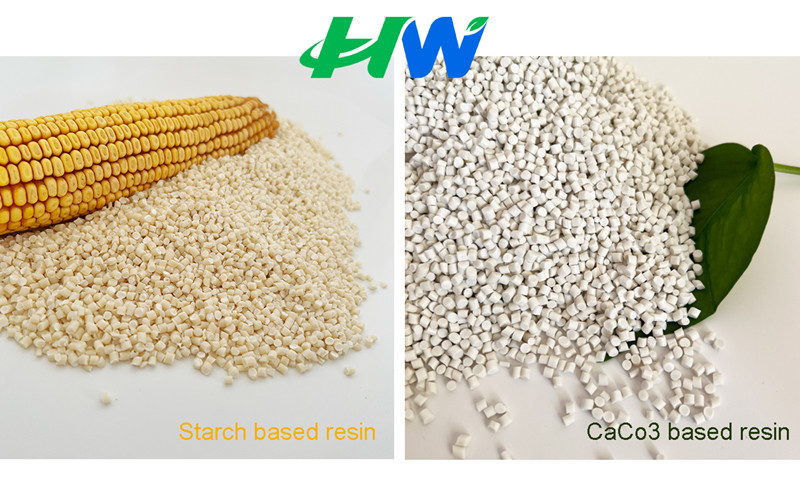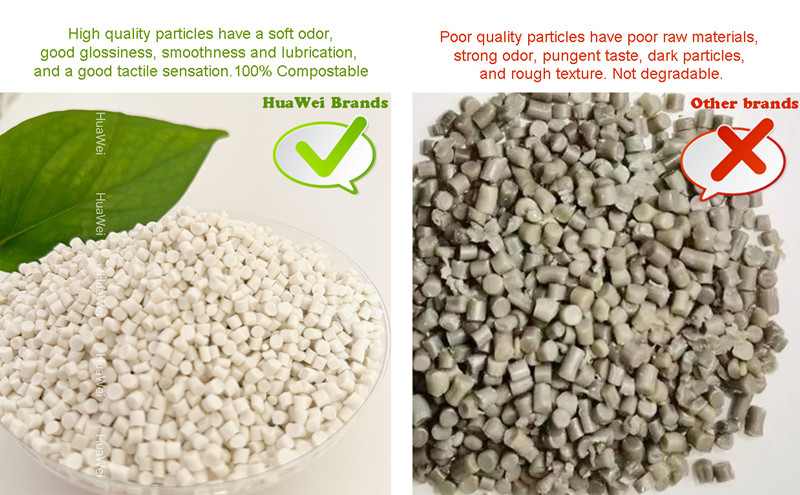Biodegradable plastics refer to the mineralized inorganic salts of carbon dioxide (CO ₂) or/and methane (CH ₄), water (H ₂ O), and their containing elements, as well as new biomass plastics, caused by the action of microorganisms present in nature, such as soil and/or sandy soil, and/or specific conditions such as composting, anaerobic digestion, or water-based culture media.

According to the source of raw materials, biodegradable plastics can be divided into two categories: bio-based biodegradable plastics and petrochemical-based biodegradable plastics.
Biobased biodegradable plastics can be mainly divided into four categories:
1. Category is plastics directly processed from natural materials;
2. Type is polymers obtained through the joint participation of microbial fermentation and chemical synthesis;
3. The third type is polymers directly synthesized by microorganisms;
4. The fourth category is biodegradable plastics obtained by blending these materials or by blending these materials with other chemically synthesized biodegradable plastics.
Petrochemical-based biodegradable plastics refer to plastics obtained by polymerizing petrochemical monomers through chemical synthesis methods, such as PBAT, polybutylene succinate (PBS), carbon dioxide copolymers (PPC), etc.
According to the classification of biodegradation processes, biodegradable plastics can be divided into two types: completely biodegradable plastics and destructive biodegradable plastics. Destructive biodegradable plastics currently mainly include starch-modified (or filled) polyethylene PE, polypropylene PP, polyvinyl chloride PVC, polystyrene PS, etc.
Completely biodegradable plastics are mainly made from natural polymers (such as starch, cellulose, and chitin) or agricultural by-products through microbial fermentation or synthesis of biodegradable polymers, such as thermoplastic starch plastics, aliphatic polyesters, polylactic acid, starch/polyvinyl alcohol, etc.
Biodegradable plastics based on natural substances such as starch currently mainly include the following products: polylactic acid (PLA), polyhydroxyalkanoates (PHA), starch plastics, bioengineering plastics, and bio general-purpose plastics (polyolefins and polyvinyl chloride)

1. High-quality particles have a smaller odor; Poor-quality particles have poor raw materials, and certain additives may be added during the granulation process, resulting in a pungent odor;
2. High-quality particles have good glossiness and transparency;
3. Poor-quality particles have a rough texture; High-quality particles are smooth and lubricated, with a good hand feel;
4. Putting particles into water will result in inferior particles sinking; The floating particles have good quality;
5. Ignite the particles, and during the combustion process, inferior particles will emit black smoke.
6. Good modified raw materials can be 100% biodegradable and composted, while inferior raw materials cannot be degraded and can cause environmental pollution.
